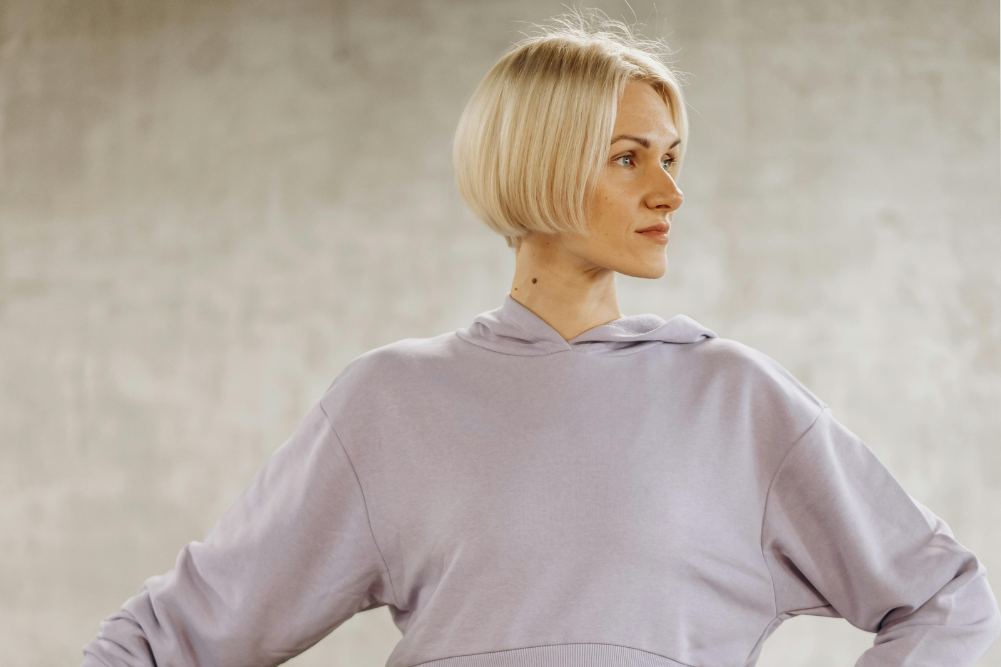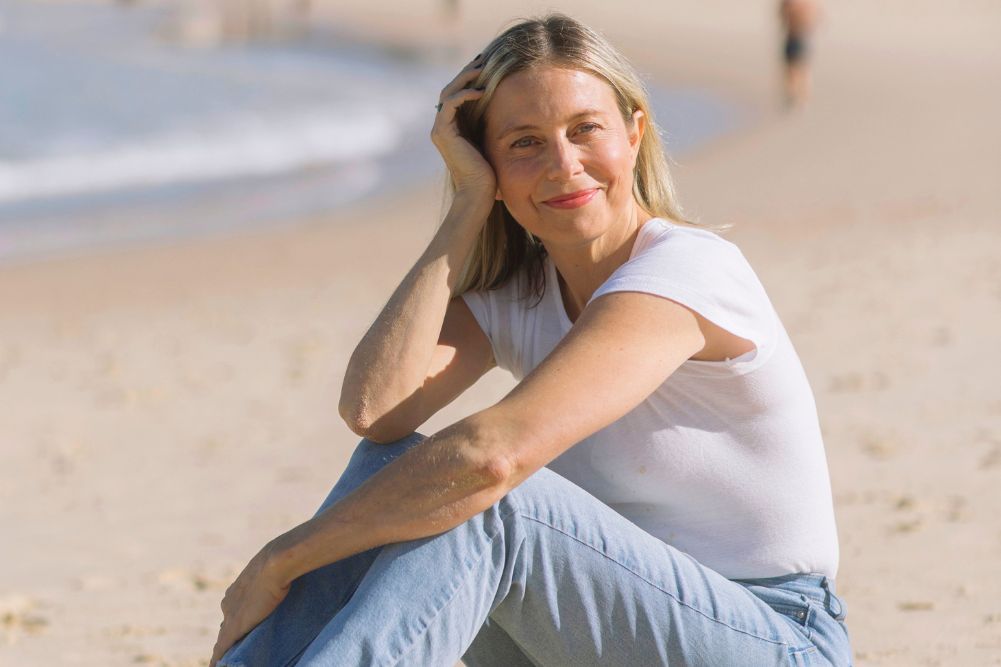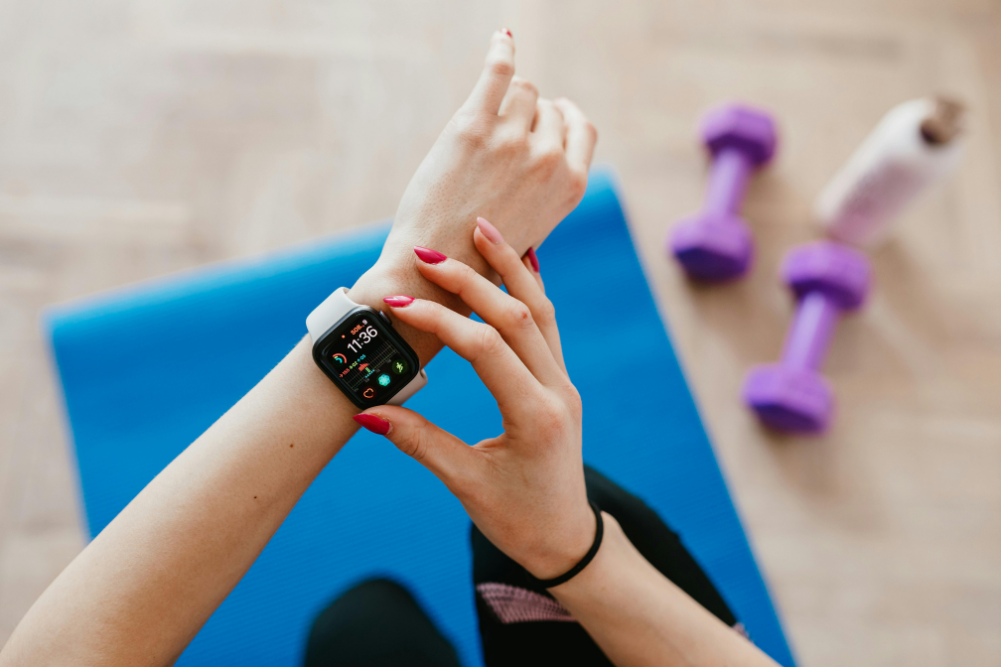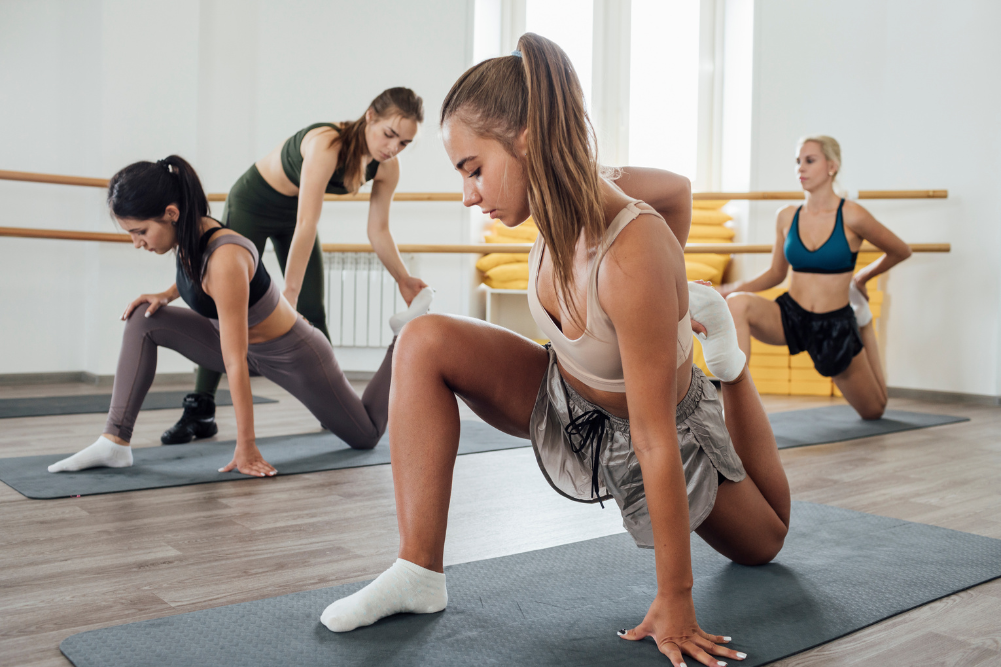Your guide to tai chi
It’s not uncommon to see a group of people moving in slow, synchronised movements in a park these days. Those people are usually engaged in a Chinese martial art that dates its origins back some 400 years. When you see the gentleness of tai chi it’s tempting to think of it more as a dance than a martial art but that would be to greatly underestimate both its history and its power.
Master Han Jin Song is the founder and chief instructor of tai chi Australia. He was previously a senior coach at the Beijing Sport University and was the Australian national team coach for the tai chi and Wushu World Championships from 1995 to 2008. He explains the martial nature of tai chi: “Tai Chi is a branch of Chinese martial arts simply because every tai chi movement has its own martial application, such as blocking. It is not just waving arms; each movement means something.”
Wushu is the generalised term that refers to Chinese martial arts, depending on your viewpoint, possibly China’s greatest cultural export to the world. Within the International Wushu Federation the officially accepted spelling is Taijiquan although this is anglicised to tai chi chuan and tai chi in the West.
The name describes the art and indicates its martial origins. Tai means “supreme”, ji means “ultimate” and quan or chuan means “fist”. “Supreme ultimate fist” may not appear to match the tranquil movements of modern tai chi but underneath a calm exterior lies a history and power that deserve the name.
Styles and forms
Styles
There are five internationally recognised styles of tai chi, although other more recent styles also exist.
The Chen style is the original form of tai chi developed by Cheng Wang Ting in the early 17th century CE. According to Master Han, “Chen style was originally created more for a martial purpose and then subsequent masters, as they got older, found that they couldn’t physically continue practice, so they had to modify it in some way. So they combined Chinese martial arts with Chinese medicine philosophies to get a new form of Chinese martial arts that was slower.”
Yang style was developed by Yang Lu-Chan, who studied chen tai chi in the early 19th century but became a teacher in his own right and developed his own style. In 1850, Yang was hired by the Chinese imperial family to teach tai chi to the elite palace battalion of the imperial guards. From this point, Yang-style tai chi has gone on to become the popular style of tai chi most widely available today.
The three other traditional and recognised styles of tai chi are Woo, Wu and Sun. Within these different styles of tai chi, practitioners engage in what are called “forms”.
Forms
A “form” is a routine made up of a number of individual movements choreographed in a certain order and performed in a certain style. There are at least 20 different forms available for practice, some of which employ weapons. To give you an idea, one popular form is known as the Beijing 24.
The Beijing 24 was developed in 1956 by the China Sports Committee, which gathered together several tai chi experts to create a short version of tai chi (based on Yang style). This short version was designed mainly for beginners, as it is easier to learn than the original, long version. As the new short form consisted of 24 representative moves from the Yang style, and was created in Beijing, it has become widely known as the Beijing 24 Form.
Although it has been simplified by reducing the repetition of movements and some of the more difficult kicks contained in the 108 Long Form, the important and traditional characteristics and features of the Yang style as well as the essential principles of tai chi remain. This new short form was developed to progress logically and gradually from the easy to the difficult. Less physically demanding than longer forms and other styles, the Beijing 24 Form appeals to students of various ages in different physical condition because it is easy to learn, practise and remember.
Weapons
Most tai chi we see is practised bare-handed without weapons. However, like most Chinese martial arts, it can incorporate weaponry, although the weapons can sometimes take apparently innocuous forms. “All martial arts weapons can come into play in tai chi,” says Master Han. “It is quite common to use these weapons if you practise for over a year or two or three. This is because in the first year people need to learn the fundamentals.”
Training at a professional level in China, Master Han practised tai chi six hours a day, six days a week. Most people leading busy lives, though, will be lucky to do one hour a week of tai chi practice. “At that rate,” says Master Han, “it takes a year or two to learn the basics but, once you learn those basics, you want to learn more and, the more you learn, the more you benefit. After you finish learning the basic bare-hand form, you may want the intermediate bare hand form, whereas others may want something different. So they may choose a tai chi weapon and the most popular tai chi weapon is the tai chi sword.”
Other weapons used in tai chi include the fan, the walking stick and the spear.
While the various forms and styles of tai chi have their own characteristics, their principles remain the same.
Tai chi principles
The main aim of tai chi is to promote the smooth flow of your energy, your chi, inside the body and to maintain the balance of yin and yang in the body to keep you healthy. It is exercise for the harmony of mind and body.
“There are three important elements in learning tai chi,” explains Master Han. “The first is the physical movement. The next stage is how to combine those physical movements with the breathing and, the better you are at this, the more you get out of it. You breathe in and breathe out with certain actions because tai chi is a martial art. If you throw a punch at someone, you never breathe in because your punch will have no power. The third element is the mind. tai chi is about controlling the body, controlling the breathing and controlling the mind. It is not just about gentle physical movements.”
In performing those tai chi moves, the aim is to keep all movement relaxed and to exert no unnecessary strength. Visualisation is important as the mind is intended to lead and control the body. The slowness of the moves fosters precise control and awareness.
Balance is also central to tai chi forms and there should be no stops or gaps in the routines, which are expected to flow like a river. Control and co-ordination are required to achieve this. As mentioned by Master Han, breathing is central to tai chi and should be long, calm and slow in support of the rounded movements of the exercise, wherein all body parts move as one.
Finally, the modern focus on building core strength is something tai chi has advocated for centuries. Tai chi movements are all controlled from the waist and depend on free movement of the waist. This is just one of many ways in which tai chi was ahead of its time.
Health benefits
Although tai chi specifically dates its origins back to the early 1700s, it has predecessors that date back thousands of years in Chinese history. For instance, the Yellow Emperor, Huang Ti, from around 2700 BCE, is reported to have practised tao yin, using movement and breathing to improve blood flow, vitalise blood circulation, nourish his body and generate repair. Modern tai chi offers similar benefits.
The health outcomes we are about to mention derive from regular practice of tai chi, not just from one session, but you may be surprised how good even one session will make you feel. Tai chi entails total body movements and creates what in Chinese medical terms is known as muscle efficiency, which means a greater effectiveness in the energy transfer that happens within the muscle itself.
Since the tai chi forms use the entire body rather than isolated muscle groups, the fitness they impart also translates better into everyday life. As a result of tai chi training, muscles act together to promote stability, endurance and generally improved function. Your bones and even your immune system are strengthened through tai chi and these health benefits are being increasingly revealed through a wealth of studies.
Tai chi produces:
|
Depression and obesity
Researchers from the University of Queensland had people undertake three months of tai chi practice. The proportion of participants with clinical levels of depression decreased from 60 per cent to 20 per cent. BMI and waist circumference also significantly decreased by between 3 and 4 per cent.
Diabetes
According to a study undertaken through Chang Gung Memorial Hospital in Taiwan after completing a twelve week tai chi program, men and women with diabetes had significant reductions in their levels of A1C, a measurement of long-term blood glucose control. The participants also showed increases in regulatory T cells, which help to keep the immune response in check, while their levels of killer T cells, which destroy abnormal cells in the body, decreased.
Fibromyalgia
Fibromyalgia is a common syndrome of chronic widespread soft tissue pain accompanied by weakness, fatigue and sleep disturbances. Researchers from Tufts University, Boston, found that the movements of tai chi are better for relieving pain and other symptoms of fibromyalgia than conventional stretching exercises. The tai chi group participants experienced improvements in pain, mood, depression, sleep, quality of life and exercise capacity.
Immunity
Older adults are advised to have a flu shot every year since they are at risk of flu complications such as pneumonia. Researchers at the University of Illinois found that blood tests taken over the next five months showed that people who were asked to undertake three tai chi classes per week produced more antibodies against the flu virus than those who did not take up tai chi, indicating a better immune response to the flu vaccine through tai chi.
Sleep
University of California researchers found that 66 per cent of people who undertook three 45-minute tai chi classes a week for four months experienced significant improvements in sleep quality compared to about 33 per cent of those who participated in health education sessions that included information on how to get a better night’s rest.
Finding a teacher
Anyone steeped in the Hollywood treatment of Chinese martial arts, such as the movie Karate Kid or the 1970s television stories Kung Fu, will be aware of the important relationship of the teacher to the student, the latter sometimes known as “Grasshopper”. While Hollywood will sometimes add embellishments, it’s true that a good instructor is important to your tai chi practice.
“Any instructor’s role is firstly to introduce tai chi as a form of gentle exercise for health and relaxation,” says Master Han. “Then they not only help the student in relation to the physical movements but offer them help in relation to their health issues. For example, if someone is stressed, then the instructor will say you can focus on the mind, or if someone says they have asthma or diabetes, then you focus more on the breathing or on the food or whatever is appropriate. Anyone can teach the exercise but a qualified instructor will teach you more than just the physical exercise.”
The emphasis here is on “qualified” and, according to Master Han, it is really up to you to establish the credentials of any prospective tai chi instructor. He says, “There is no government regulation or anything like that at the moment. The best thing to do is to find out how the instructor actually trained and who they trained with. A good instructor should have studied tai chi for at least five years then they will have a really good understanding and the information that they pass on and the skills they have will have been learned over years, not in a weekend.”
Tai chi and you
According to Master Han, “Tai chi is suitable for everyone, regardless of age, gender or fitness level, because it can be done in a sitting position or a standing position. This does not mean you can’t hurt yourself doing tai chi. It is best to ask your doctor if you can do exercise and, if you can, tai chi will be one of the best you can do because it is very gentle.”
Certainly, tai chi offers a range of health benefits for young and old. The gentle, controlled movements are a moving meditation that will serve you through a lifetime.
Terry Robson is co-editor of WellBeing magazine, a broadcaster, journalist and author. His latest book is Failure IS an Option, published by ABC Books.







